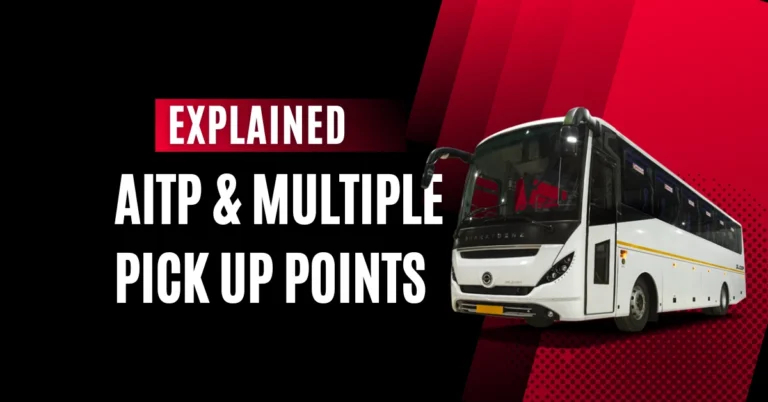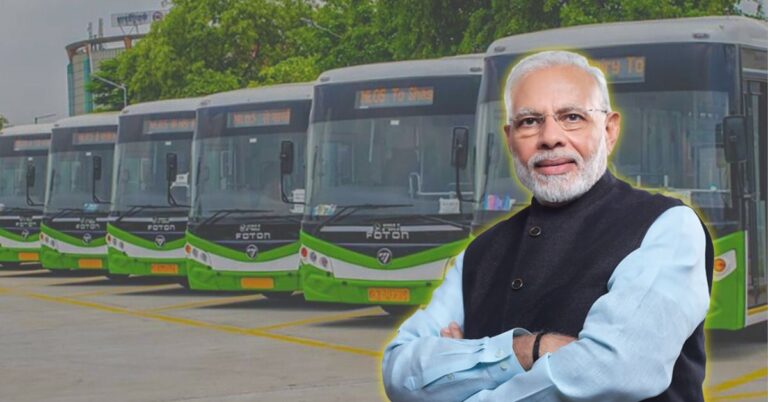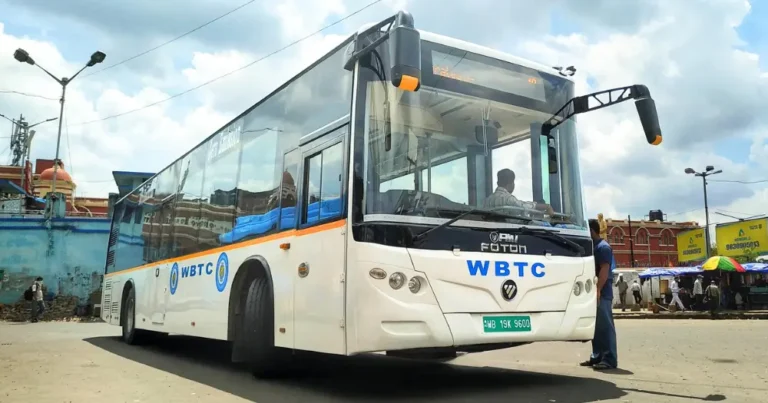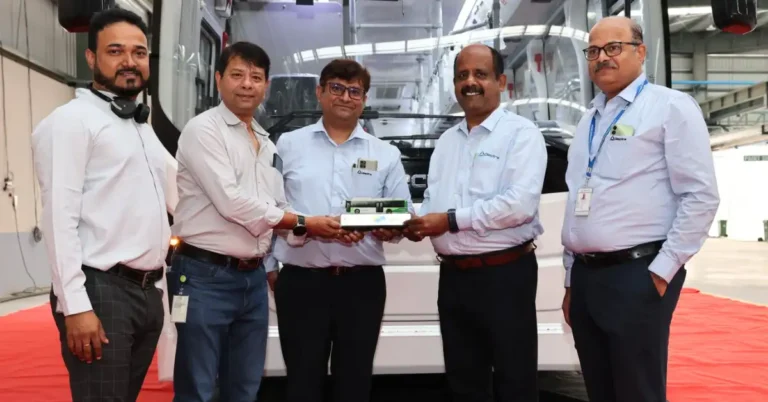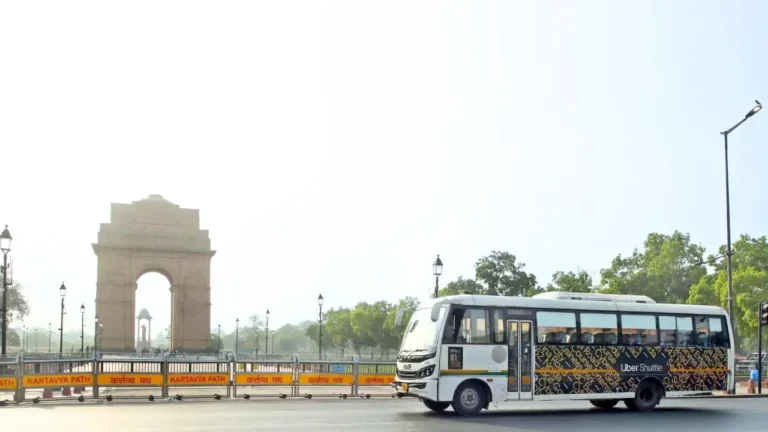Challenges in Electric Bus Operations: Field Lessons from Ahmedabad BRTS
Dhaval Shah, Assistant Manager, Ahmedabad Janmarg Limited, outlines the key on-ground challenges in electric bus operations.

Since 2019, Ahmedabad has been pioneering electric buses in its public transport system, a forward-thinking step toward sustainable urban mobility.
While the shift from diesel to electric has brought numerous benefits, we concluded a slew of challenges in electric bus operations.
Through several years of operating both battery swapping and fast-charging buses, our experience at Ahmedabad Janmarg Limited (Ahmedabad BRTS) has equipped us with valuable insights into what works and what doesn’t.
It also gave us real-world takeaways to build a resilient electric bus ecosystem in a developing urban landscape.
Core Challenges in Electric Bus Operations
The deployment of electric buses at scale comes with unique complexities. Below are the most pressing challenges in electric bus operations that Ahmedabad has encountered over the past few years.
1. Frequent Start-Up Failures and Unexpected Halts
Electric buses occasionally face issues starting or may stop abruptly during service. These interruptions often require advanced diagnostics and skilled maintenance teams. In unresolved cases, buses must be towed, causing delays and traffic disruptions.
2. Battery Performance and Charging Issues
- Overheating Batteries: High-voltage batteries are prone to overheating, especially during the summer, risking safety and performance
- Slow Charging Times: Even “fast-charging” stations sometimes deliver slower-than-expected cycles due to wear and environmental conditions
- Sudden SOC Drops: Unexpected drops in the State of Charge (SOC) can throw off operational planning and strain scheduling systems
3. Environmental Sensitivity
Electric bus components, especially sensors and cables, are vulnerable to dust and moisture, particularly during the monsoon season. This leads to higher maintenance costs and occasional service interruptions.
4. Battery Swapping Limitations
Initially adopted for faster turnaround, battery swapping presented its own set of challenges
- Fire risks from poor thermal management and frequent movement of HV battery
- Operational inefficiencies due to “dead kilometers” (travel to swapping stations)
- Limited scalability in dense urban areas due to space constraints
5. Infrastructure and Charging Logistics
The pressure to establish on-route and depot-based charging infrastructure has been significant. Planning for grid capacity, real estate availability, and charger compatibility adds layers of complexity to fleet operations.
AI in the Bus Industry: Transforming Public Transportation for a Safer, Smarter Future
Addressing the Challenges: Our Approach in Ahmedabad BRTS
Despite these obstacles, significant strides have been made in improving the system and minimizing disruptions. Here’s how Ahmedabad BRTS is working to overcome the challenges in electric bus operations:
- Fleet Modernization: Buses with battery swapping systems were phased out in favor of fast-charging models that offer better reliability and safety
- OEM Collaboration: Regular coordination with Original Equipment Manufacturers (OEMs) has led to quicker resolution of technical issues and ongoing software improvements
- Smart Scheduling: Upgraded the way of planning in order to align charging schedules with route demands, improving uptime and reducing passenger inconvenience
- On-Ground Training: Drivers and maintenance staff receive continuous training to handle faults efficiently and safely
5 Reasons Behind Mahindra’s acquisition of SML Isuzu’s Controlling Stake
Looking Ahead: Building a Resilient Electric Bus Ecosystem
The road to sustainable public transport is not without its bumps. But Ahmedabad’s journey shows that the challenges in electric bus operations are not insurmountable.
With focused investment, technical collaboration, and adaptive planning, Indian cities can create scalable and resilient electric mobility systems.
Every hurdle is an opportunity to learn, iterate, and improve. While perfection may still be a few steps away, progress is clearly visible, and it’s worth pursuing.
Catch the Latest Bus Industry Updates, Exclusive Interviews, Bus News, and International Bus News on Coach Builders India. Download the latest issue of the The Bus Insider magazine for industry insights.

